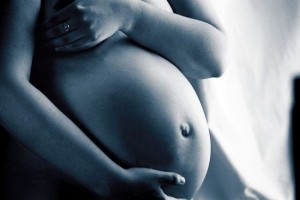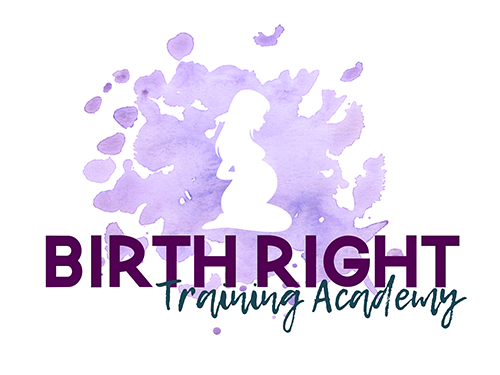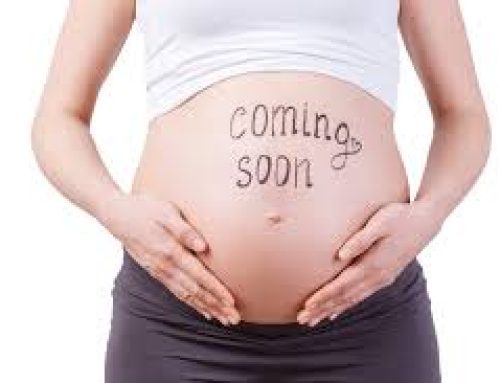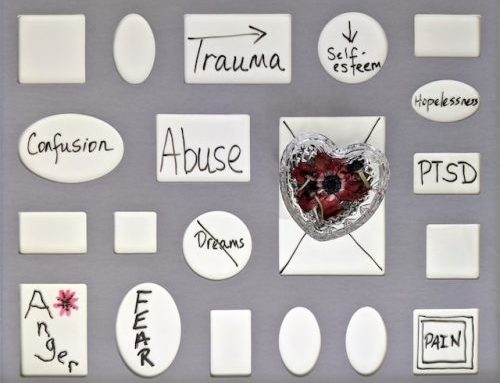WOMB SCHOOLING
 Parenting begins at conception, and ideally, BEFORE. The womb school is arguably the most important education all BABIES receive.
Parenting begins at conception, and ideally, BEFORE. The womb school is arguably the most important education all BABIES receive.
Conception, growing in the womb, birthing, bonding and the beginning experiences for the baby, shapes its life in all areas including mental, physical, social, emotional and spiritual.
The study of prenatal and perinatal psychology is understanding what our earliest beginnings are and in what way they affect us.
Parents need to begin active parenting at conception as babies in the womb are developing more rapidly than previously thought possible.
From as early as the second month of pregnancy, experiments and observations reveal an active prenate with a rapidly developing sensory system permitting exquisite sensitivity and responsiveness. Long before the development of advanced brain structures, prenates are seen interacting with each other and learning from experience. They seem especially interested in the larger environment provided by their Mum and Dad, and react to individual voices, stories, music, and even simple interaction games with parents.
UTERINE ENVIRONMENT is determined mainly by parents. The opportunities for parents to form a relationship with the baby in the womb are significant and remarkable. Only a decade ago it was thought that prenates did not have the capacity to interact, remember, learn, or put meaning to their experiences. Women were told that talking to their baby in utero was useless. Now there is mounting evidence for memory and learning in utero and for extraordinary communication before the stage of language. There are also many personal stories shared by children and adults about their experiences before birth.
Memory is the quintessence of human experience without which we cannot make progress, cannot learn from experience, and cannot develop a personal identity. Learning and memory are interlocked: learning depends on memory, and learning is evidence of memory.
Psychology traditionally placed the beginnings of memory at about age three because few people have conscious recall of events before that time. However, an accumulating volume of research demonstrates memory in the first years of life and in the prenatal period as well. Some children spontaneously recall birth events (even secrets) but expression of these memories is delayed until they can speak. Before they use words they can express their memories non-verbally by drawing pictures, acting out scenes using pantomime, pointing to body locations, and by providing authentic sound effects for equipment (like suction devices) used at the birth. These children warn us that early memory and learning are real.
Babies can learn their mother’s emotional state. Experiments in Australia revealed that unborn babies were participating in the emotional upset of their mothers watching a disturbing 20-minute segment of a Hollywood movie. When briefly re-exposed to this film up to three months after birth, they still showed recognition of the earlier experience. Studies of a thousand babies whose mothers had experienced various degrees of depression during pregnancy themselves displayed depression at birth and in proportion to the depression scores of their mothers.
An important message of these diverse findings is that memory and learning seem to be a natural part of being human, including the first nine months in the womb and the years of infancy, defined as the time before speech. Perhaps the biggest surprise is that life in the womb is extremely active and interactive and the womb is, in fact, a classroom.
The 20th Century was a time of momentous change in childbirth. We must not overlook the lessons of this extraordinary period in the history of birth.
From the beginning of human birth until very recently–a span of millions of years–babies were born at home with the assistance of an experienced relative or midwife. Women supported other women in birthing. Suddenly, in the 20th century, the situation was reversed: birth away from home, without family, in hospitals, and under the supervision of men!
As a result, women lost intimate knowledge and confidence about giving birth, and the innate quality of birthing was radically changed.
The psychological problems created by this new way of birthing, have been dramatic. Babies born in hospitals found themselves in a high-tech environment that was too cold, too noisy, too bright, and too big for them. Handling of babies was efficient but aggressive, pain was inflicted routinely; babies were separated–or isolated–from their mothers, while caregivers introduced the babies to bottles instead of breasts! Medical priorities were different from, and often in conflict with those of mothers, fathers, and babies. The majority belief among medical professionals was that babies came into the world with no sense of pain, no real emotion, and no real mind to interpret anything happening to them. This tragic miscalculation still taints the rituals of obstetrical birth in many parts of the world today.
Pregnancy powerfully shapes families, attitudes, and self-esteem. In our technological culture, pregnancy is still treated as a disease rather than a natural experience of healthy women. This continued medicalization of birth has deep psychological consequences. Authorities–doctors, midwives, and childbirth educators–who exercise influence over birthing practices–can easily intimidate and undermine the natural authority of women to give birth in freedom, fully informed, in locations they choose, and with caregivers they prefer.
Those who work in the area of perinatal and prenatal psychology have acquired the conviction that any violence which greets a baby in the womb or around the time of birth will serve as a silent and unconscious form of conditioning which acts like a template for future relationships. This conditioning–depending upon its frequency and severity–can affect a person’s physical and mental health for decades to come.
Ironically, in modern hospital birth, violence and pain have become routine for babies! For most of the last hundred years, neither obstetricians nor psychologists regarded pain as a reality for newborns. Consequently, doctors working with babies have not hesitated to expose them to harsh environmental conditions which violated their senses and routinely upset them using painful instruments and protocols. Nor have they hesitated to use powerful chemicals in the form of drugs and anaesthetics. All these sharp departures from what normally happened at a home birth have profoundly altered the experience of birth for recent generations of babies. During this time period babies have never been silent. It is virtually universal for them to protest being jabbed with needles for blood samples or vitamin K shots, to react against abrupt manipulations like being held upside down by the feet, rushed through space, or handled by a series of strangers. Their skin is extremely sensitive (and, indeed, serves as a powerful form of communication) so it should be no surprise that they show their dislike for being roughly rubbed and “cleaned” and are known for their trademark screams and cries at birth! These so-called birth professionals have been making babies angry, afraid, defensive, sad, and disoriented–for the greater part of a century since medical management of birth became the “norm”.
Our Inside Birth® prenatal program offers solutions. Go back to basics and get in touch with your true birthing power. Look Inside and SEE you will be amazed about the beautiful connection you can have with your baby during pregnancy. This early parenting relationship will show you how to enjoy your labour and birthing, working with your baby and connecting on a level that is beyond words. You will feel so comfortable because you and baby will have a deep understanding of each other birth will flow, easily and gently to the very special meeting on the Outside.
Make it happen! Book today classes in the Blue Mountains and Marrickville.
Ref: ‘windows to the womb’ by David Chamberlain




